| Common Fertilizer Chart |
Urea
Urea is widely used in fertilizers as a convenient source of nitrogen. A dry material in granular or prilled form, urea-N rapidly hydrolyzes to NH4+. Can be used for direct application, in mixed fertilizers, and in liquid nitrogen. More than 90% of world industrial production of urea is destined for use as a nitrogen-release fertilizer.The standard crop-nutrient rating (NPK rating) of urea is 46-0-0.In irrigated crops, urea can be applied dry to the soil, or dissolved and applied through the irrigation water.Urea is usually spread at rates of between 40 and 300 kg/ha but rates vary.
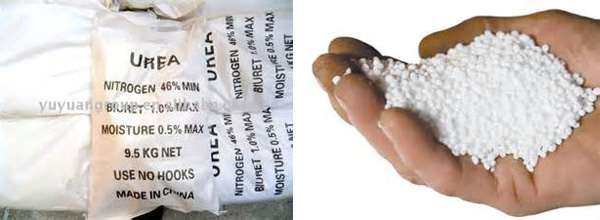
Formula: CO(NH2)2
Total N(%):46.6
Available phosphoric acid(%): 0
Soluable potash(%): 0
Type of Fertilizer: Nitrogen fertilizers
| Ammonium bicarbonate
Ammonium bicarbonate is an inorganic compound with formula (NH4)HCO3, it is a colourless solid that degrades readily to carbon dioxide, water and ammonia.Ammonium bicarbonate is commonly used as an inexpensive nitrogen fertilizer in China, but is now being phased out in favor of urea for quality and stability.
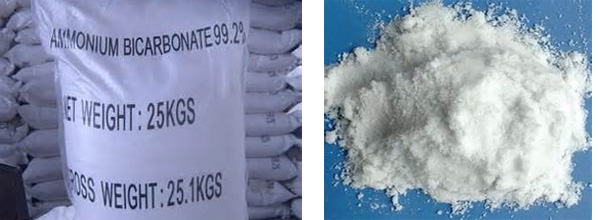
Formula: NH4HCO3
Total N(%):17.7
Available phosphoric acid(%): 0
Soluable potash(%): 0
Type of Fertilizer: Nitrogen fertilizers
| Anhydrous ammonia
Anhydrous ammonia, a colorless gas with pungent, suffocating fumes, is widely used source of nitrogen fertilizer. It is also one of the most dangerous chemicals used in agriculture.Anhydrous ammonia must be injected 6–8 inches deep on friable, moist soil. N loss by volatilization can occur if not properly injected, or if soil is too wet or too dry at application.Anhydrous ammonia is stored under pressure. The hazards of anhydrous ammonia, however, aren’t small. Sprayed on skin or eyes, it causes severe burns. Inhaled as a gas, it can fatally damage the lungs. And stored in liquid form, it can explode under the right conditions.
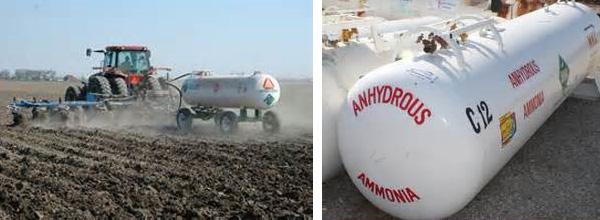
Formula: NH3
Total N(%):82
Available phosphoric acid(%): 0
Soluable potash(%): 0
Type of Fertilizer: Nitrogen fertilizers
| Ammonium chloride
Ammonium chloride, an inorganic compound with the formula NH4Cl, is a white crystalline salt, highly soluble in water. Solutions of ammonium chloride are mildly acidic. The main application of ammonium chloride is as a nitrogen source in fertilizers.Ammonium chloride is a combination of two necessary elements for plant growth -- nitrogen and chlorine. Both are naturally occurring in the atmosphere and soil, and providing the plants with an extra source helps them reach peak growth and health.
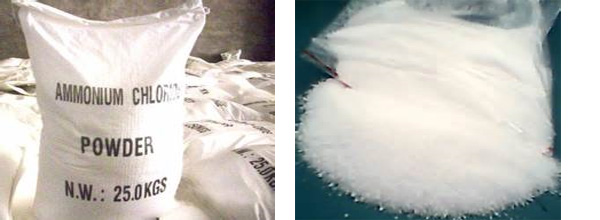
Formula: NH4Cl
Total N(%):25
Available phosphoric acid(%): 0
Soluable potash(%): 0
Type of Fertilizer: Nitrogen fertilizers
| Ammonium sulfate
Ammonium sulfate is an inorganic salt with a number of commercial uses. The most common use is as a soil fertilizer. It contains 21% nitrogen and 24% sulfur. Can be left on surface or incorporated into soil. It is a good starter N source.
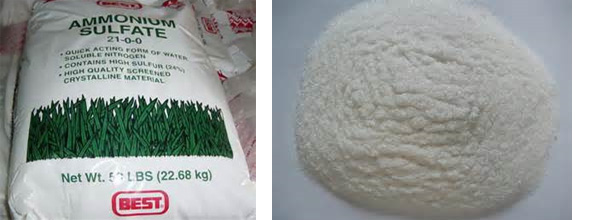
Formula: (NH4)2SO4
Total N(%):21
Available phosphoric acid(%): 0
Soluable potash(%): 0
Type of Fertilizer: Nitrogen fertilizers
| Ammonium nitrate
Ammonium nitrate is a white crystalline solid and is highly soluble in water. It is predominantly used in agriculture as a high-nitrogen fertilizer.Ammonium nitrate fertilizer has already been used in the agriculture business all over the world. It is definitely cheaper than most fertilizers in the market.Ammonium Nitrate fertilizer can be sued at any time of the year. Used for direct application and in the production of nitrogen solutions. Broadcast or sidedress. Can be left on surface or incorporated into soil.Farmers can also liberally use the product since alterations on the soil’s PH is minimal.

Formula: NH4NO3
Total N(%):34
Available phosphoric acid(%): 0
Soluable potash(%): 0
Type of Fertilizer: Nitrogen fertilizers
| Nitrogen solutions(UAN)
UAN is a solution of urea and ammonium nitrate in water used as a fertilizer, designed for use as seedbed or top dressing on crops and pastures. It is a high quality product.It is a fertilizer of fast and long-lasting effect.To minimize N loss, incorporate into soil as soon as possible after application. Use caution when spraying, as leaf burn can occur. To minimize injury, do not spray on vegetation. For postemergence application, use a directed spray or dribble between the rows.
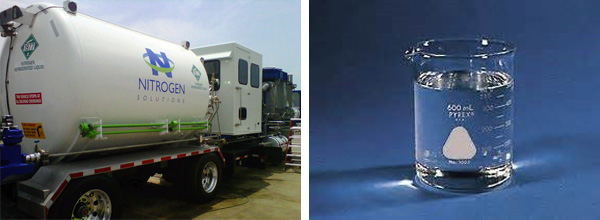
Formula: Urea+NH4NO3+Water
Total N(%):30
Available phosphoric acid(%): 0
Soluable potash(%): 0
Type of Fertilizer: Nitrogen fertilizers
|
|
